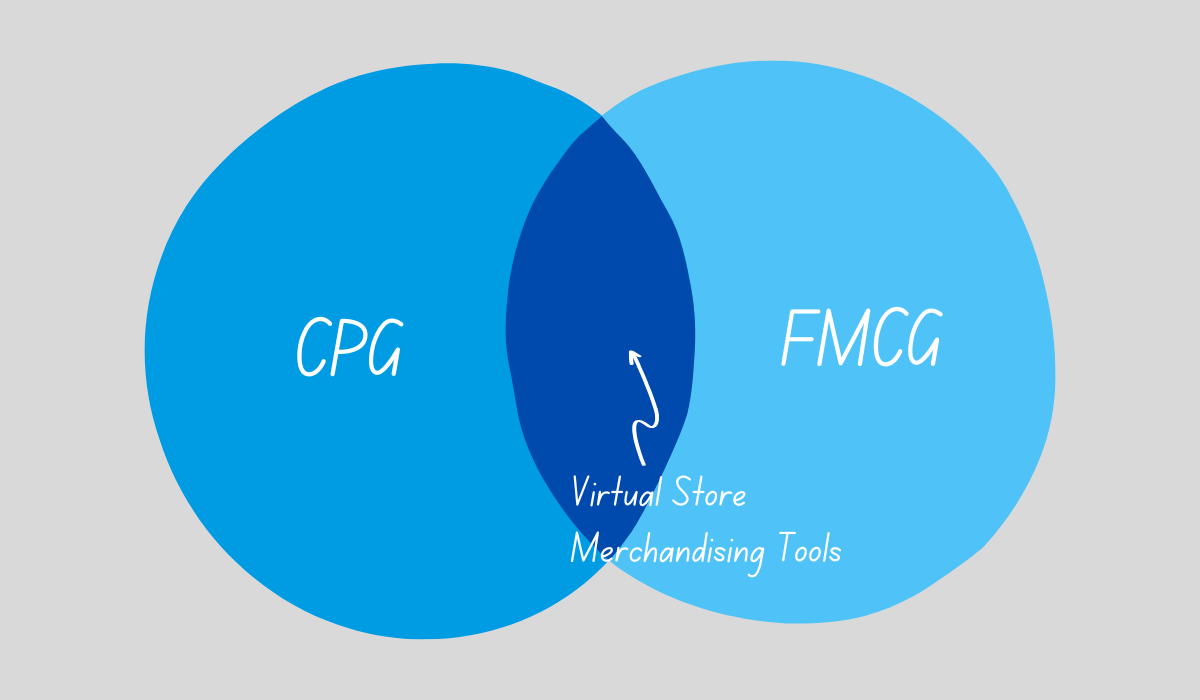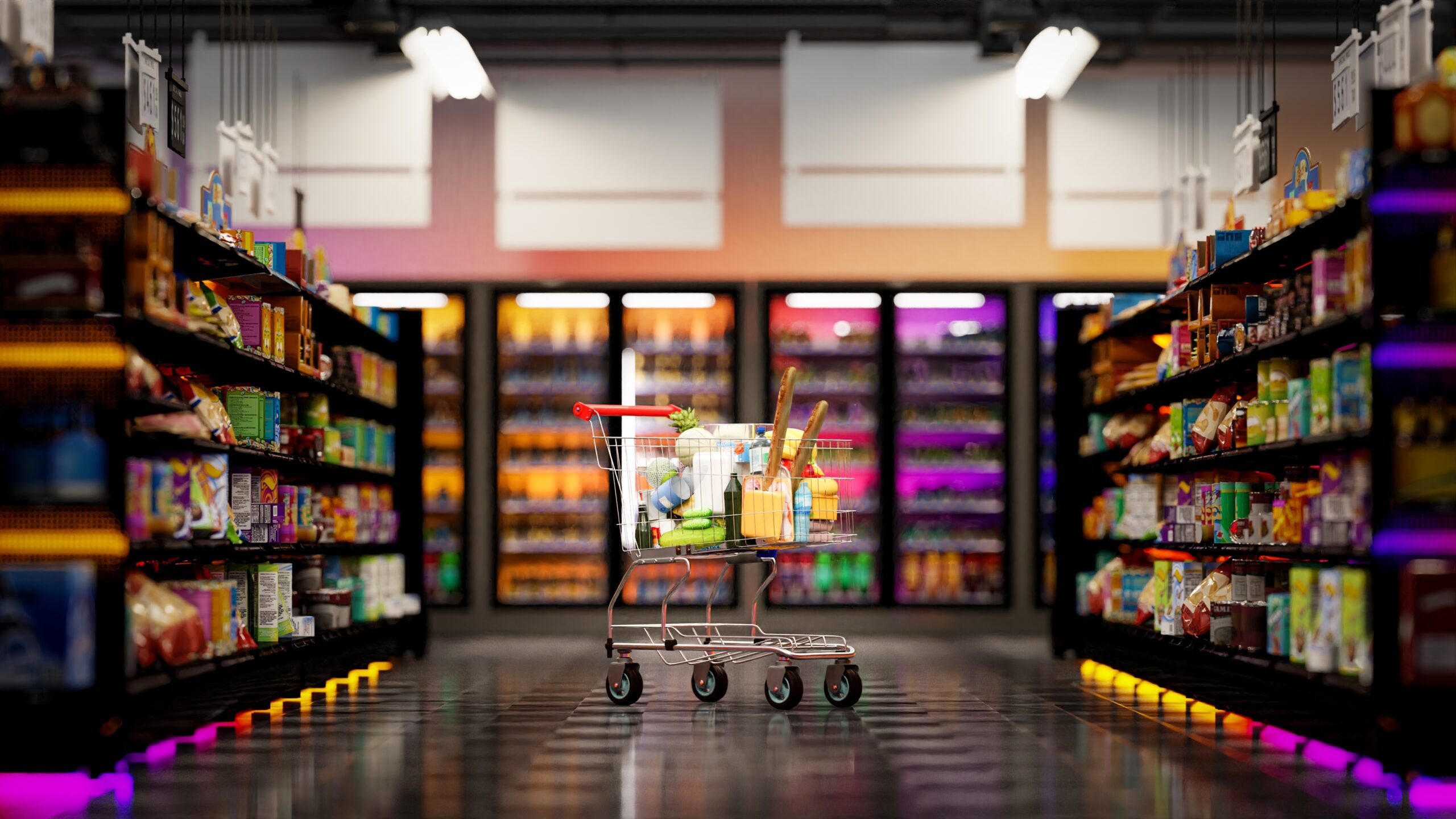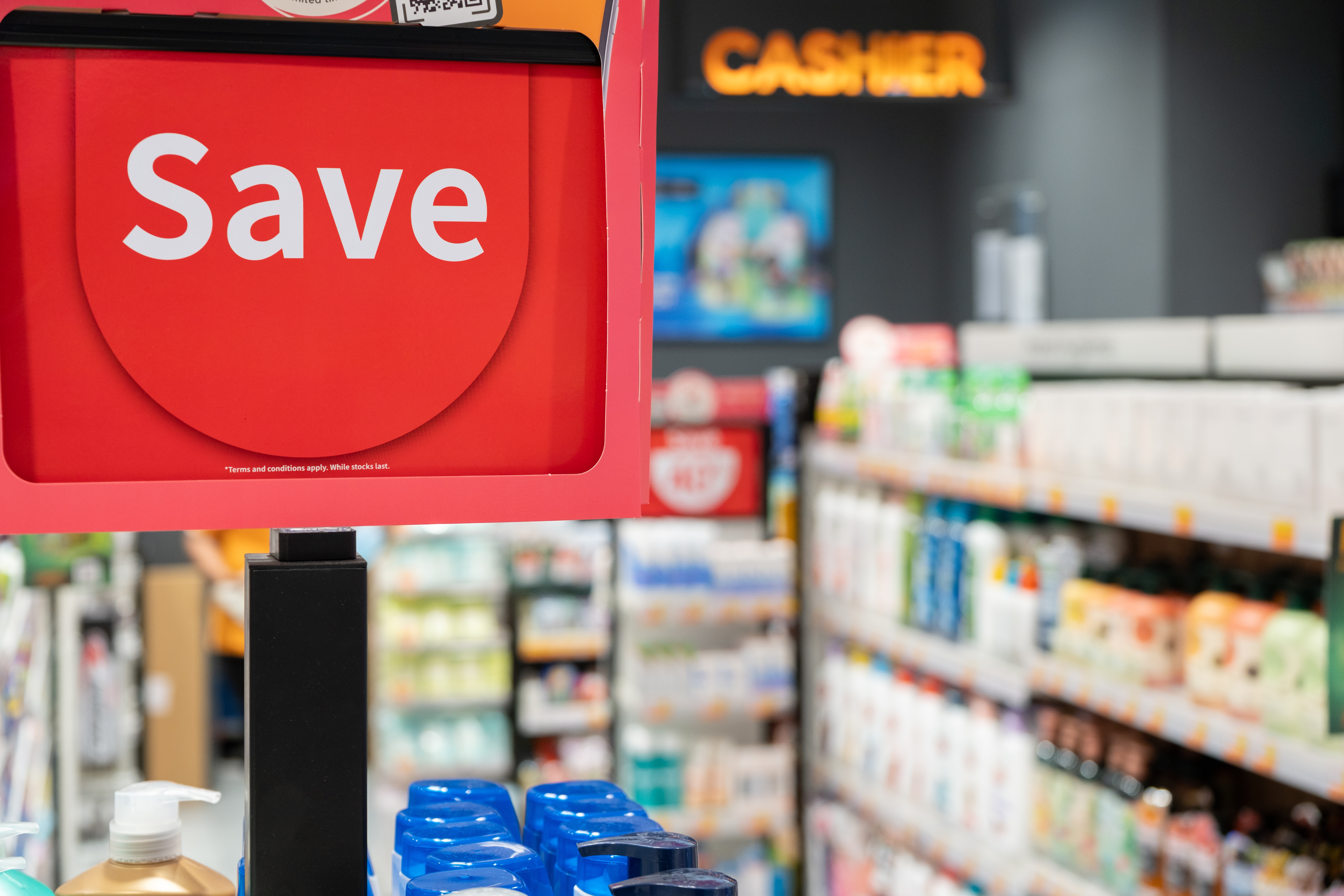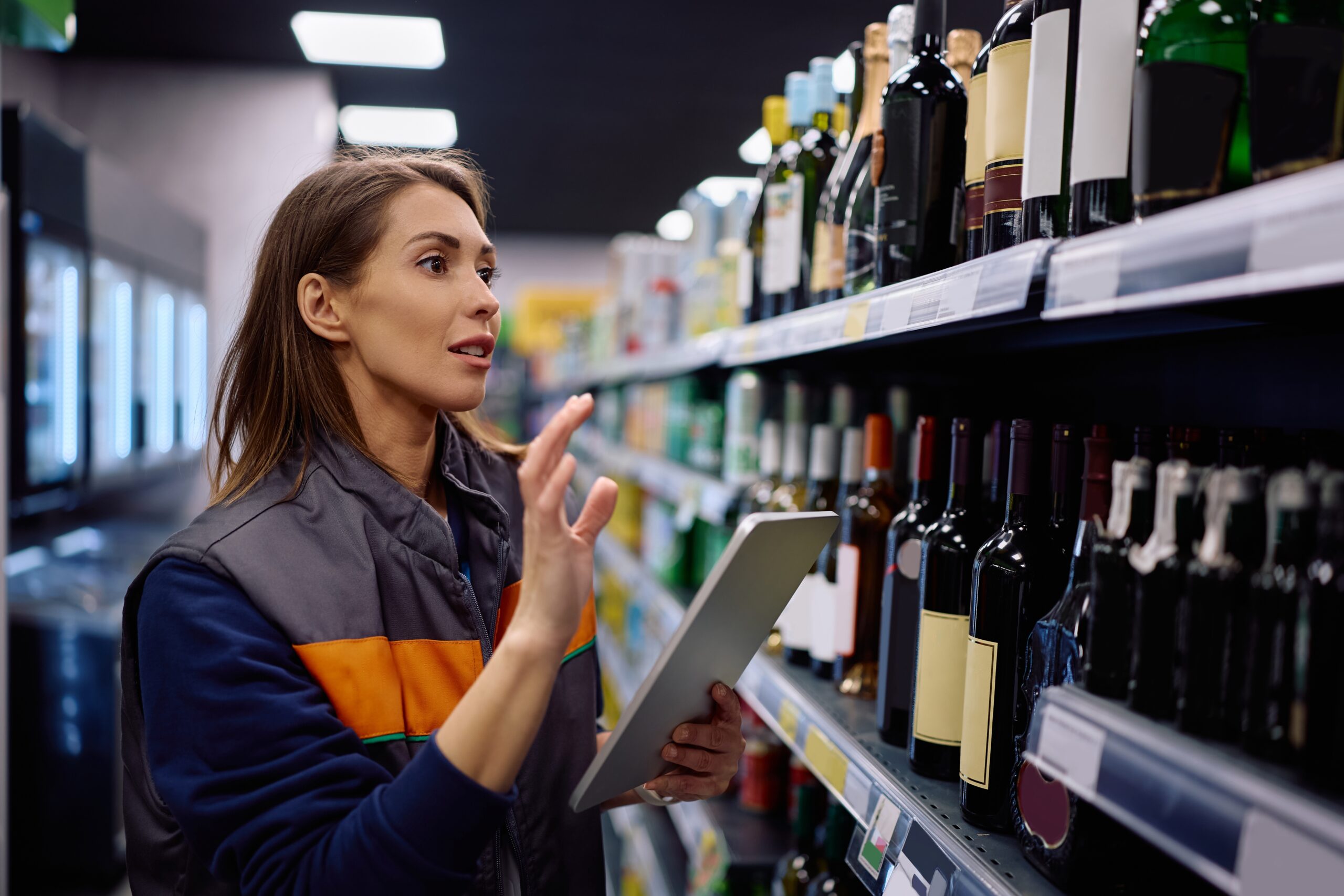When it comes to understanding the difference between CPG vs. FMCG — it’s all in the details.
Consumer packaged goods (CPG) and fast-moving consumer goods (FMCG) are both similar enough that you’ll often hear people using them interchangeably. And although that’s not incorrect, there’s technically a difference that’s good to know, especially when it comes to industry purists.
Whether you’re getting ready for your next retailer partnership or just looking to better navigate the retail industry, here’s what you’ll need to know when it comes to CPG vs. FMCG.
What is the CPG Industry?
Consumer packaged goods, or CPG, are products that are purchased frequently and used often by consumers. This can include things like beauty products, clothing, and household products that are typically meant to be used or consumed shortly after purchasing them.
CPG companies often have to deal with a highly competitive market when it comes to their products, which also means limited shelf space. Plus, because there are so many options, consumers can change their brand loyalties often and quickly.
However, this can easily sway in the favor of any business. And because the demand for these products is usually very high, this also means that there is an opportunity for quick success, more revenue, and increased market share.
Types of CPG products
Although CPGs do move quickly, they often move less quickly than FMCG.
These are typically products that people use often but may not need every single day or may not need to replenish as quickly as FMCG.
This can include a variety of products produced by the consumer goods industry, such as:
- Beauty products — including makeup and certain hair products
- Certain health and wellness products — including supplements
- Drinks— including specialty coffees and sodas
- Food — processed products that are used frequently but not daily, such as baking supplies or specialty snacks
What is the FMCG Industry?
Fast-moving consumer goods, or FMCG, are products that move even quicker than CPG and can be sold fast at a relatively low cost. There is also a high turnover rate for these products, requiring stores to refill the shelves frequently because they are either perishable or have such high consumer demand.
Types of FMCG products
Both FMCG and CPG have similar items, and the differences are extremely nuanced but really depend on the frequency of customer usage. FMCG products are used more often than CPG and, therefore, need to be replenished more frequently.
They are the type of products that you use daily and, thus, sell faster than most.
They can include:
- Drinks— bottled water, coffee, juice, soda
- Food — processed products, such as cereal, potato chips, frozen meals, pasta
- Health and wellness products — daily vitamins, over-the-counter medications, and protein powders
- Toiletries — personal care products, including deodorant, toilet paper, shampoo, and soap
What is the main difference between these two common supply chains?
Although CPG and FMCG are similar in many ways, there is one key feature that sets the two apart.
As shown in the name, “fast moving consumer goods” move off of the shelves at a quicker rate, while consumer packaged goods, although still quick moving, don’t move as fast as FMCG. You can think of CPG as an umbrella term for goods that move quickly, while FMCG sits under that umbrella as a subset of even quicker-moving products — typically those that are used daily.
Imagine a customer visiting their local grocery store. They are walking down each aisle and grab their weekly FMCG, including chips, coffee, and toilet paper. And while they’re in that section of the store, they wander and see their favorite hairspray is on sale that they use a few times a week — this is a CPG. It’s a product that is used and purchased relatively frequently and is fairly cheap to purchase.
Because the products move at slightly different rates, it is important to understand the difference this will make, especially when it comes to sales. Although they are both products that move quickly, the average person would likely buy coffee more often than a moisturizer that can last a month.
This means that it will likely take much longer to reach the same amount of moisturizer sales as coffee. Understanding this nuance can be incredibly important when crafting sales forecasts.
How are they similar?
In general, both CPG and FMCG are:
Consumer-focused
- Frequent purchases
- Low effort to choose
- Low price
- Rapid consumption products
- Short-shelf life products
Retail focused
- High inventory turnover
- High volume
- Low contribution margin
- Wide distribution
How to use retail data for CPG and FMCG
One of the most effective ways for manufacturing companies to help increase sales is by using retail analytics for both CPG and FMCG. Knowing which products sell the quickest allows companies to produce at the right rate, ensuring shelves stay stocked and buyers stay happy.
Not having enough products runs the risk of buyers switching products, either temporarily or permanently. It also ensures companies aren’t overproducing on products that aren’t selling as quickly, which saves the product from being wasted.
One way to gain valuable insights into current consumer demand is through virtual store testing. Virtual reality testing platforms like InContext allow CPG and FMCGs to get up-to-date data on consumer behavior and product preferences. By testing shelf arrangement plans in 3D simulation software, brands can get an accurate projection of consumer demand that informs their retail strategy.
What are the most important CPG and FMCG trends?
Although we’ve established a difference between the two, CPG and FMCG can still be analyzed similarly, and both will likely follow similar trends.
These include:
Online shopping
Advanced technology and website interfaces now make it easier than ever for customers to get their items without waiting in line at a store. Click-and-collect programs are becoming increasingly popular, even at grocery stores, so customers can buy their products in the comfort of their own homes and pick them up without the hassle. This is something CPG companies can expect to consider when it comes to their products and sales.
Product transparency
Now more than ever, customers care about what they’re putting on and into their bodies. This includes where their products come from, the ingredient list, and sometimes even the impact those things have on the environment. This is driving CPG companies to respond to this need, and those that are doing so are seeing increased sales.
Subscription programs
Another quickly growing trend for CPG and some FMCG is subscription programs. This strategy works exceptionally well for CPG such as beauty and hygiene products. Subscription programs often come with an incentivized discount for ordering monthly, as well as a pre-established refill of the product that the company can prepare for. Not only does this ensure a monthly purchase, but it provides the company with better data for consumer use.
Targeted ads
In our current age, targeted digital ads are some of the most important components of product success for CPG and FMCG. From Google Ads to targeted social media marketing on Instagram and Facebook, companies are using consumer data and analytics from digital ads for targeted marketing. Typically, companies will market across multiple channels to reach the widest audience possible.
Learn More at InContext
The differences between CPG and FMCG are undoubtedly subtle; however, it’s still an important distinction to understand. Not only will it allow you to better focus your merchandising strategy, but it can also help build retailer relationships. Knowing this difference, especially when working with retailers, ensures you are using the terms correctly and increases your chances of getting more distribution.
If you want to learn more about CPG and FMCG industry or are interested in virtual store research for retail merchandising strategy, check out InContext.




